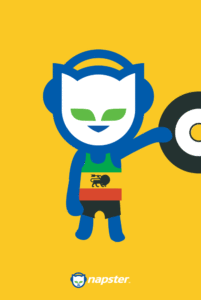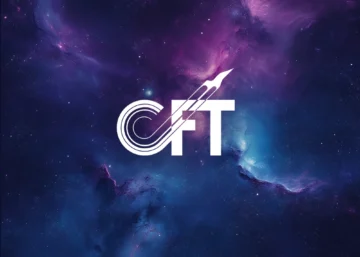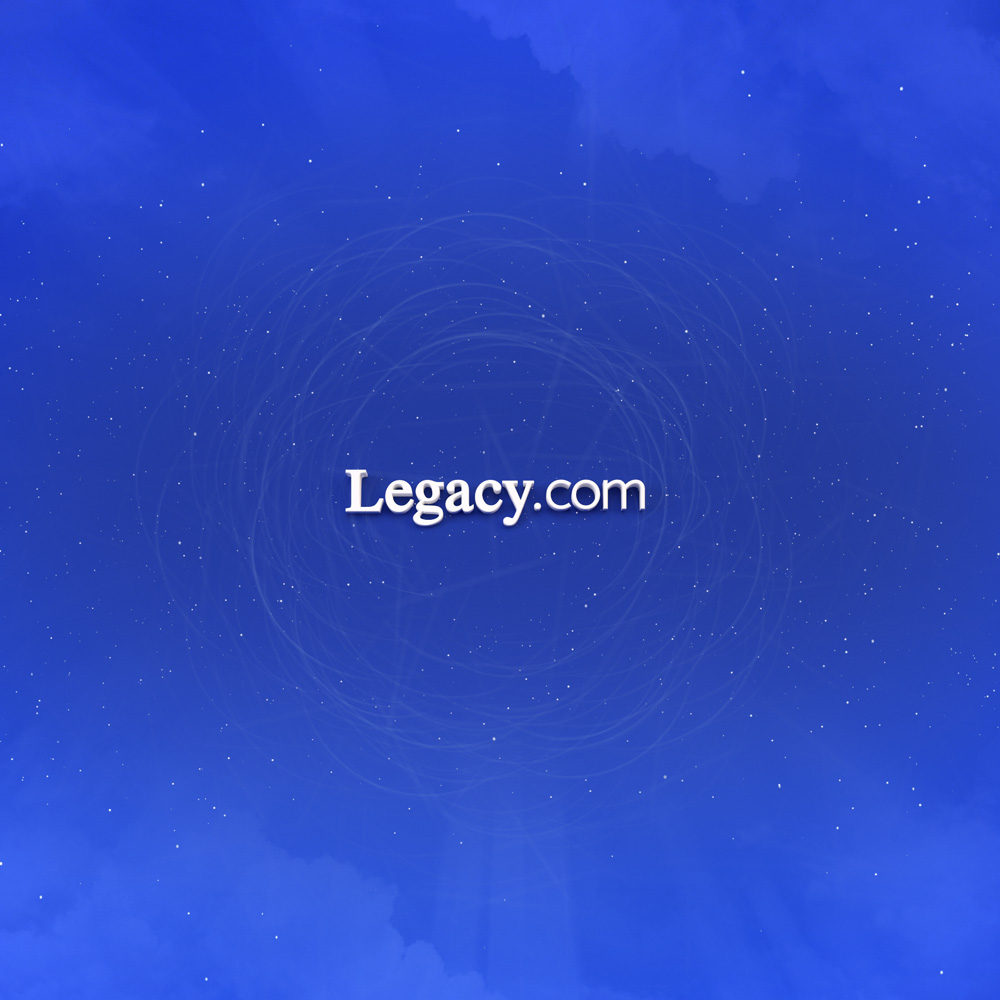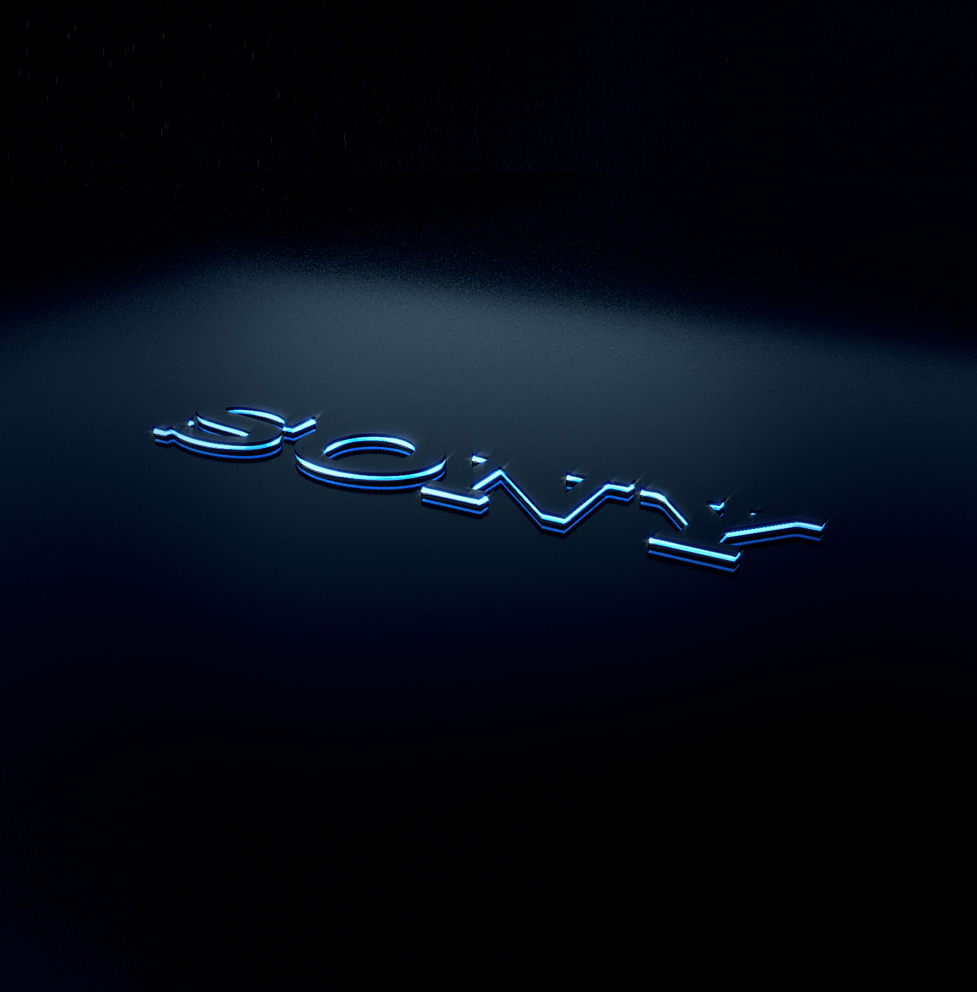Revolutionizing Digital Music: My Journey with Napster in the Age of Agile Innovation and AI-Powered User Experiences
T
he early 2010s marked a turning point in the music industry, as digital platforms began to reshape the way we consume content. Napster, a name synonymous with the dawn of digital music, had already left an indelible mark as a disruptive force in the industry. By the time I joined the company, Napster had evolved from its original peer-to-peer file-sharing roots into a legitimate digital subscription service, fully owned by Best Buy. My mission was clear: to elevate Napster’s product performance, drive innovation, and ensure that the platform could compete in an increasingly crowded digital landscape.
Joining Napster: A New Era of Digital Entertainment

When I was recruited to join Napster, the platform was already a well-known player in the digital music space, offering a vast library of music to its subscribers. However, the challenge was to take the existing service and transform it into something that could not only compete but lead in a rapidly evolving market. My role as Director of User Experience and Interaction would be central to this transformation.
At the heart of Napster’s service was its integrated store experience, which allowed users to seamlessly access music, movies, books, and games—all through a single subscription. This all-encompassing approach was ahead of its time, envisioning a future where digital content would be consumed in a holistic, cross-media fashion. My goal was to ensure that this vision was realized through innovative product design, enhanced user experiences, and the adoption of cutting-edge technologies like artificial intelligence.
Driving Innovation Through Agile Methodologies
One of my first major initiatives at Napster was the introduction of Scrum and Agile methodologies to the company. At the time, Napster’s development processes were siloed and inefficient, leading to slower product launches and a lack of responsiveness to customer needs. By implementing Agile, I sought to transform the way Napster’s teams worked together, breaking down barriers between departments and fostering a culture of collaboration and continuous improvement.
Agile’s iterative approach was particularly well-suited to Napster’s needs. By creating cross-functional teams that included backend and frontend developers, project managers, visual designers, interaction designers, QA testers, and customer service representatives, we were able to accelerate the development process. This new structure allowed us to launch new features more frequently, respond to user feedback in real-time, and make continuous improvements to the platform.
The impact of this transformation was immediate and profound. Within the first six months, we achieved a 5,000% increase in productivity, a testament to the power of Agile in driving efficiency and innovation. Our ability to launch new products and features more frequently also had a significant impact on customer satisfaction, as we were able to respond quickly to their needs and preferences.
Elevating User Experience with AI and Machine Learning

As we worked to improve Napster’s product development processes, I also led efforts to integrate artificial intelligence (AI) and machine learning (ML) into the platform. These technologies were still relatively new at the time, but I recognized their potential to revolutionize the way users interacted with digital content.
One of our most successful AI-driven features was “Automix,” a tool that allowed users to create a continuous playlist based on a selected artist. By leveraging machine learning algorithms, Automix could generate an endless stream of music that not only included tracks by the chosen artist but also introduced users to related artists and genres. This feature was a hit with users, significantly increasing the amount of time they spent listening to music on the platform.
The success of Automix was just the beginning. We also developed AI-powered recommendations for next songs, artists, albums, and more, further enhancing the user experience. These features helped to expand users’ listening habits, exposing them to new music and deepening their engagement with the platform. The integration of AI into Napster’s service not only delighted users but also set us apart from competitors, positioning Napster as a leader in the digital music space.
Expanding Napster’s Reach: From Web to TV and Beyond
As Director of User Experience and Interaction, my responsibilities extended beyond the web platform to include Napster’s music player, downloadable app, and even its TV experience. Each of these platforms presented unique challenges and opportunities, requiring us to think creatively about how to deliver a seamless and engaging user experience across different devices.
One of our most ambitious projects was the development of Napster’s TV experience. Rather than simply porting the existing web interface to TV screens, we took a ground-up approach, designing a new experience that was tailored to the unique needs and behaviors of TV users. This involved extensive user research, including remote testing, in-person testing, and long-term diary studies, to ensure that our design decisions were informed by real-world insights.
In addition to the TV experience, we also focused on expanding Napster’s presence in physical retail spaces. Best Buy, as Napster’s parent company, provided us with a unique opportunity to reach new customers through in-store promotions and kiosks. We developed dedicated kiosk experiences that allowed customers to try out the Napster streaming service on multiple devices, and we pre-installed Napster on every connected device sold at Best Buy, offering new users a three-month free trial. These efforts led to a dramatic increase in conversion rates, as well as greater awareness of Napster’s services nationwide.

Shaping the Future of Napster: Prototyping and New Product Development
W
hile much of my work at Napster focused on improving existing products and services, I also played a key role in shaping the company’s future. As part of the senior leadership team, I was actively involved in the design and development of new prototypes that explored potential future directions for Napster.
One of our most significant projects was the development of an aggregated media platform that went beyond music to include movies, TV shows, games, and books. This platform, which laid the groundwork for what would become Best Buy Entertainment, was developed in less than a month—a testament to the power of our new Agile processes. By incubating and evangelizing this concept within the company, we were able to secure executive buy-in and position Napster as a key player in the broader digital entertainment space.
Our prototyping efforts didn’t stop there. We also developed new platforms and services that leveraged AI and machine learning to create personalized and immersive experiences for our users. These prototypes were instrumental in driving new business opportunities for Napster and helped to solidify our position as an innovator in the digital music industry.
Enhancing Customer Engagement: Social Features and Community Building

As part of our efforts to improve user experience and engagement, we introduced a range of social features that allowed users to connect with each other and share their favorite content. These features included the ability to create and share playlists, follow other users, and leave comments on songs and albums.
Our social features were designed to foster a sense of community among Napster’s users, encouraging them to engage with the platform in new and meaningful ways. By providing users with the tools to interact with each other and discover new music together, we were able to increase user retention and drive long-term loyalty to the platform.
In addition to social features, we also focused on enhancing the customer experience through improved customer service. By integrating customer service into our product development process, we were able to gather valuable feedback from users and use it to inform our design decisions. This customer-centric approach helped us to better understand the needs and preferences of our users, allowing us to deliver products and services that truly resonated with them.
Recruiting and Building a World-Class Team
A key component of Napster’s success was our ability to attract and retain top talent. As part of my role, I was heavily involved in the recruitment of high-profile new hires who brought fresh perspectives and expertise to the company.
Building a world-class team was essential to our ability to innovate and execute on our ambitious goals. We sought out individuals who were not only skilled in their respective fields but also passionate about music and digital entertainment. By creating a collaborative and dynamic work environment, we were able to foster a culture of creativity and innovation that permeated every aspect of the company.
Our efforts to build a strong team paid off in spades, as we were able to assemble a group of talented professionals who were instrumental in driving Napster’s success. From product design and development to marketing and customer service, our team was united by a shared vision of what Napster could achieve, and we worked tirelessly to bring that vision to life.
The Legacy of Napster: Paving the Way for Future Innovations

Looking back on my time at Napster, I am proud of the impact that we were able to make in the digital music industry. Through our efforts to innovate, improve user experience, and expand our reach, we were able to position Napster as a leader in the digital entertainment space.
Our work on AI-powered features, Agile development processes, and new product prototypes laid the foundation for future innovations that continue to shape the industry to this day. Napster’s legacy as a pioneer in digital music lives on, and I am grateful to have been a part of that journey.
As the digital landscape continues to evolve, the lessons we learned at Napster about the importance of user experience, innovation, and collaboration remain as relevant as ever. The work we did not only set new standards for digital music but also paved the way for the next generation of digital content and services.
A Journey of Innovation and Transformation
My time at Napster was a period of incredible growth, both for the company and for myself as a leader in the digital entertainment industry. Through our collective efforts, we were able to transform Napster from a music streaming service into a comprehensive digital entertainment platform that set the standard for what was possible in the digital age.
The successes we achieved at Napster were the result of a relentless focus on innovation, a deep commitment to user experience, and a willingness to embrace new technologies and methodologies. By fostering a culture of collaboration and continuous improvement, we were able to overcome challenges, seize opportunities, and drive meaningful change in the industry.
As I reflect on my journey with Napster, I am reminded of the power of teamwork, the importance of adaptability, and the impact that a clear vision and strong leadership can have on an organization. The lessons I learned during my time at Napster continue to inform my work today, and I am proud to have played a part in shaping the future of digital entertainment.




